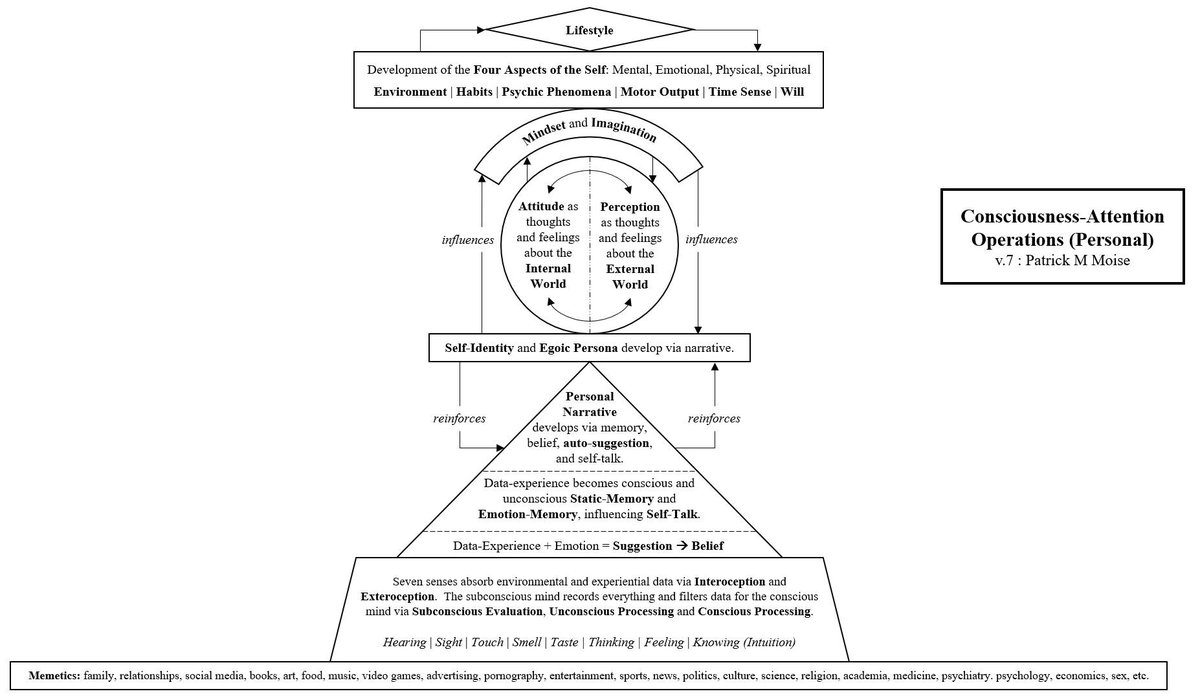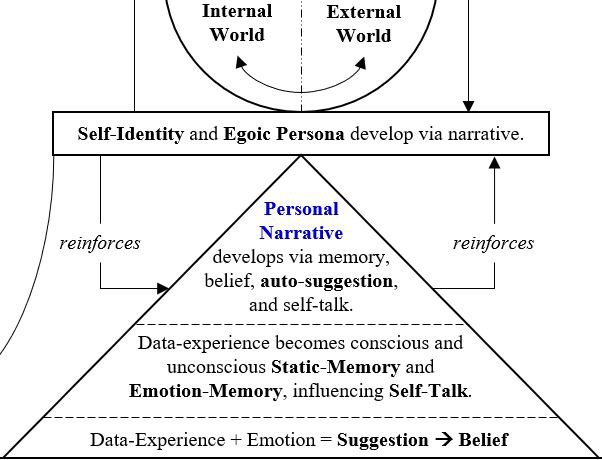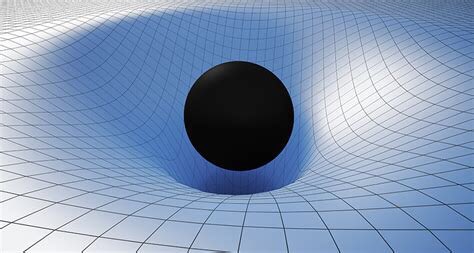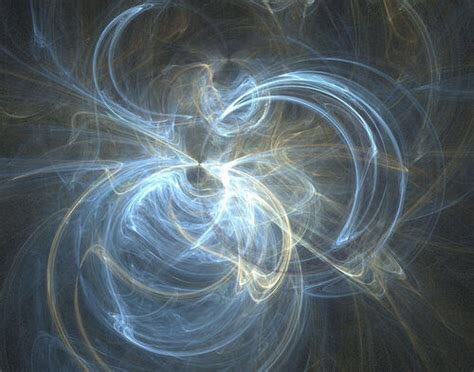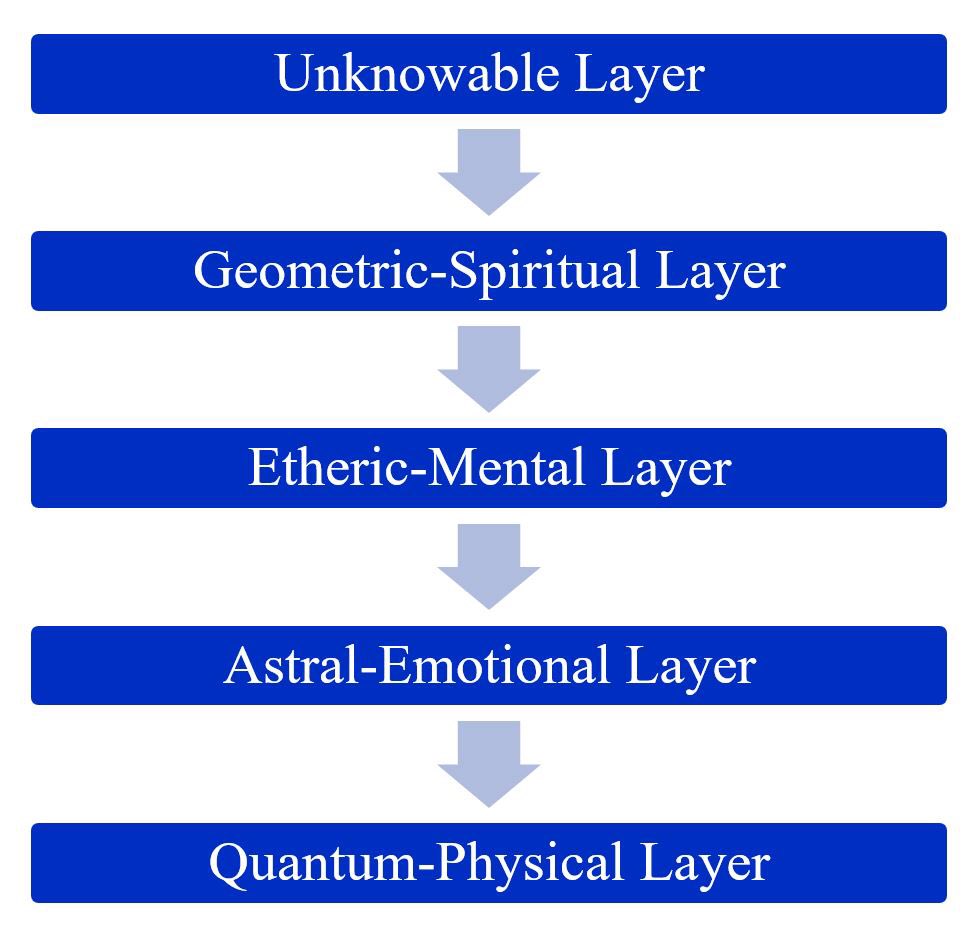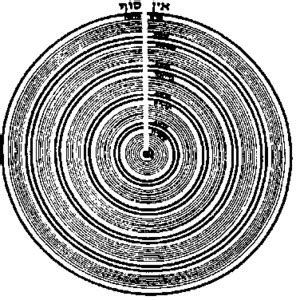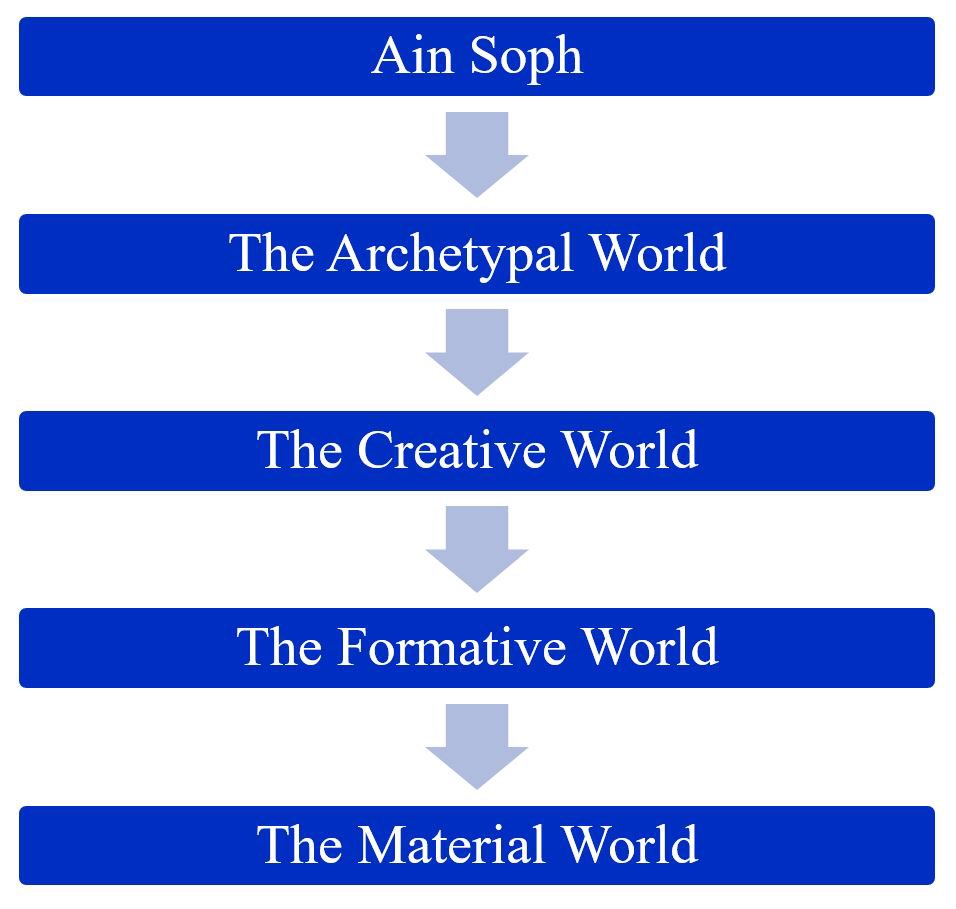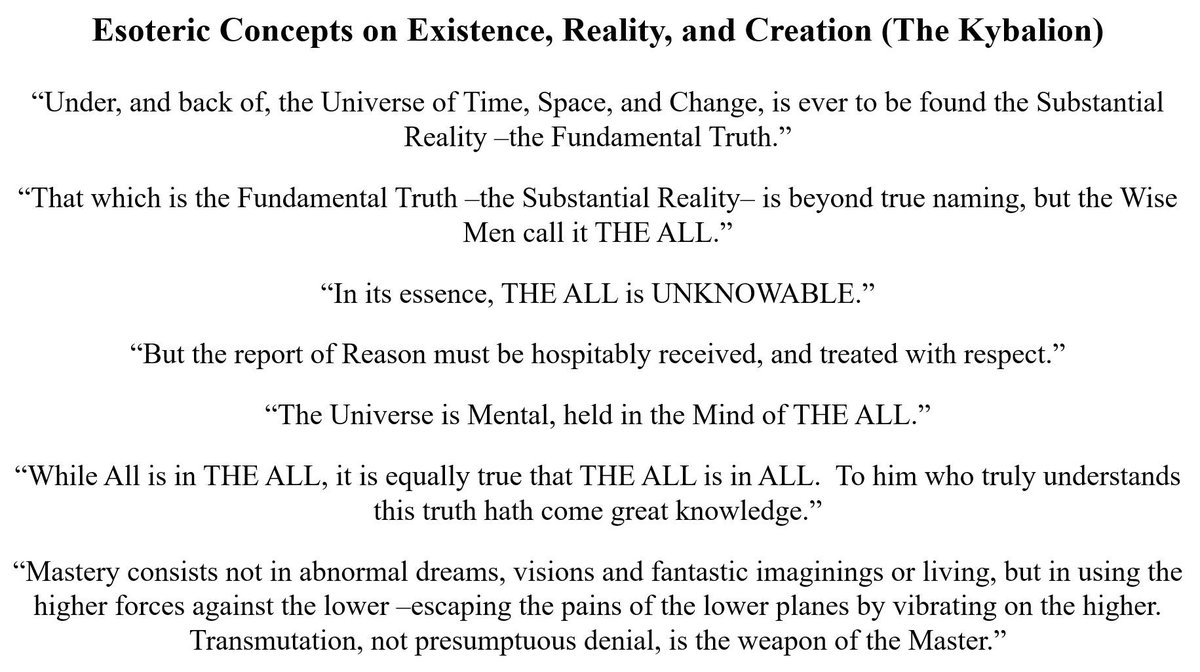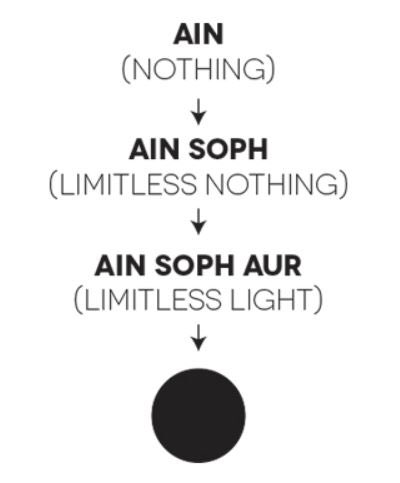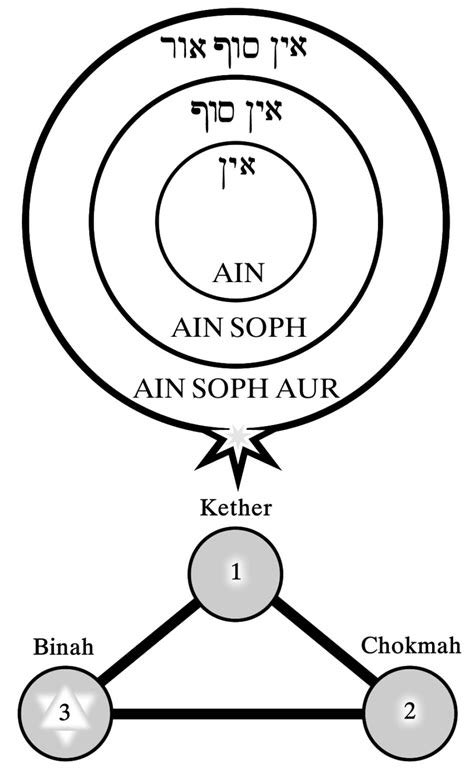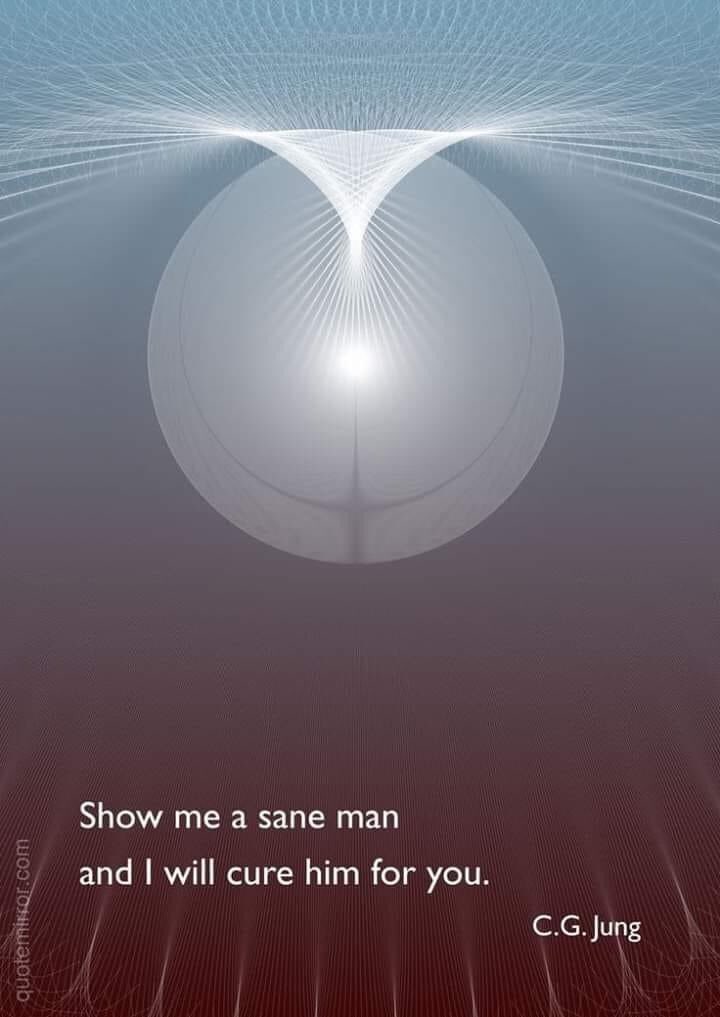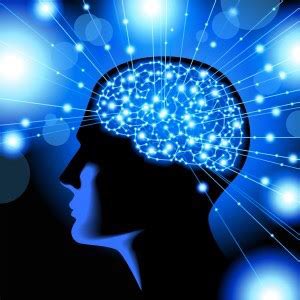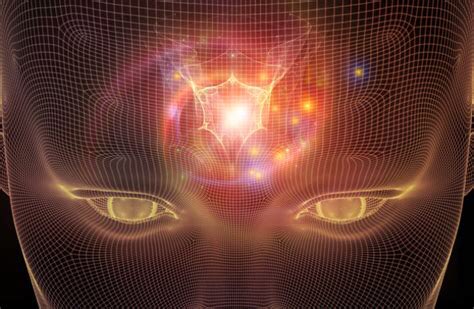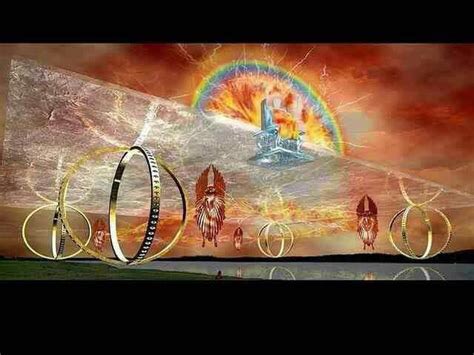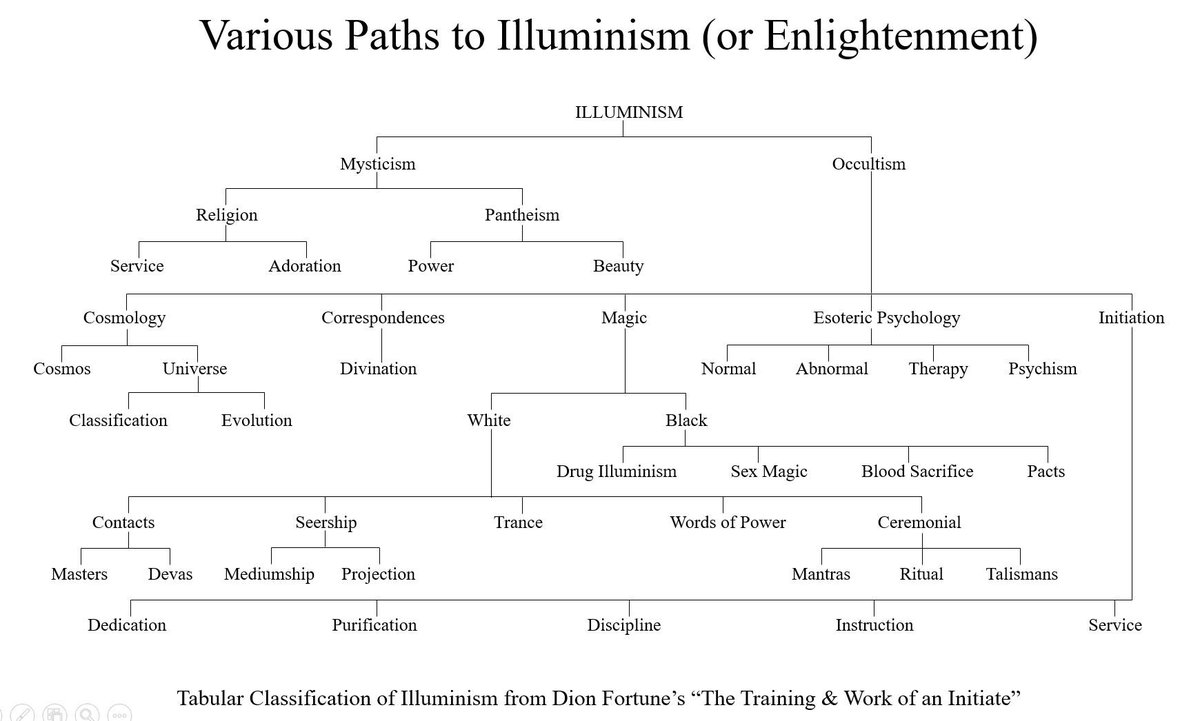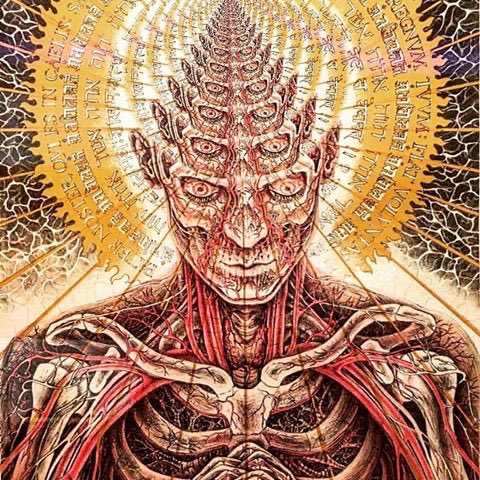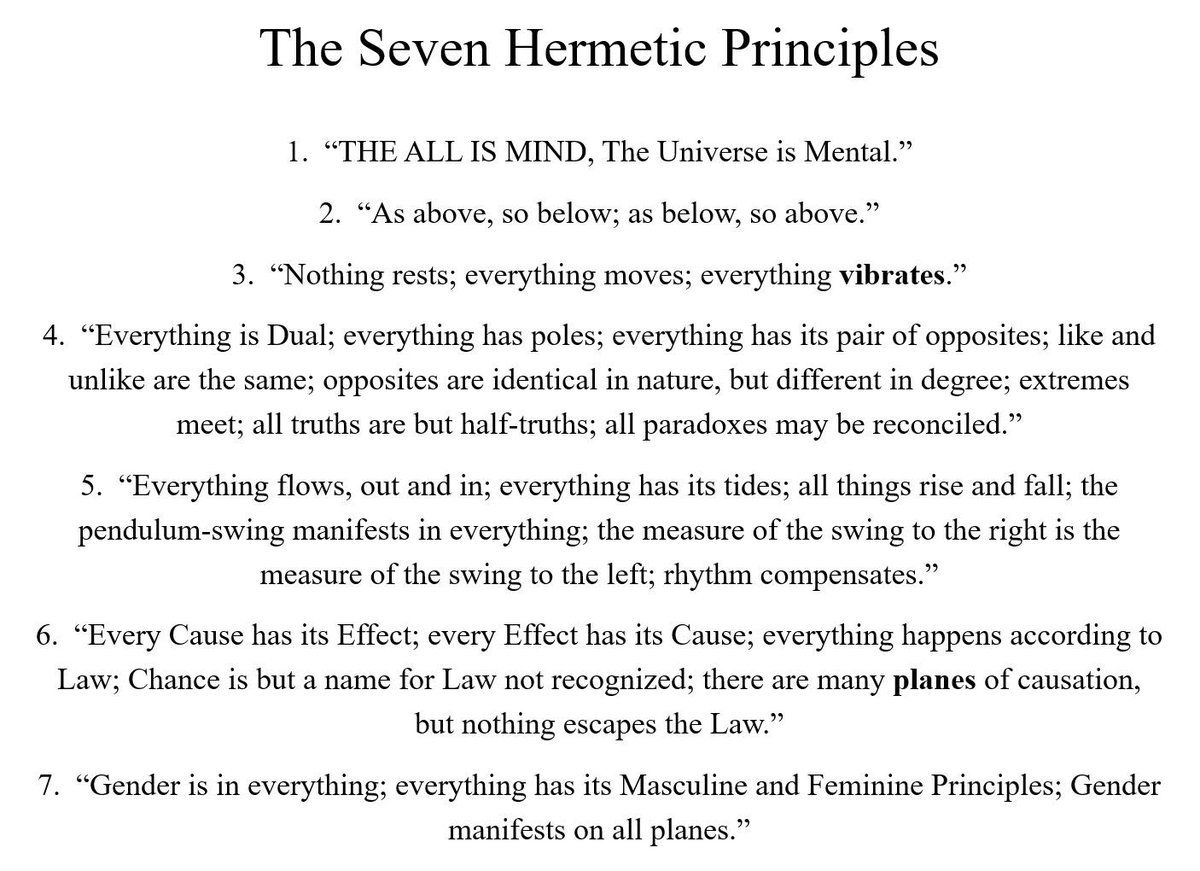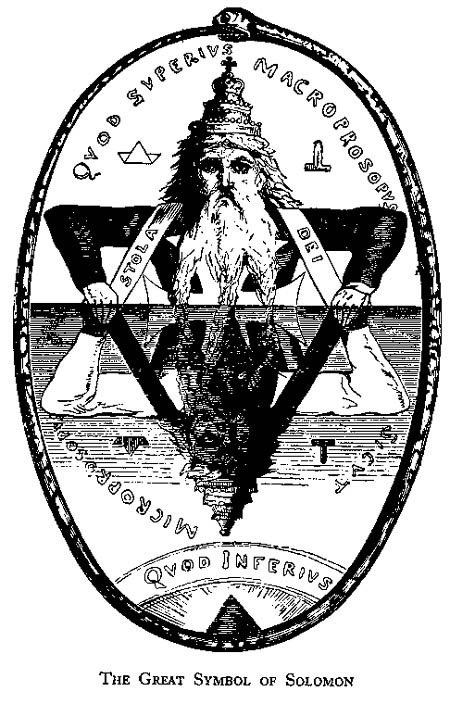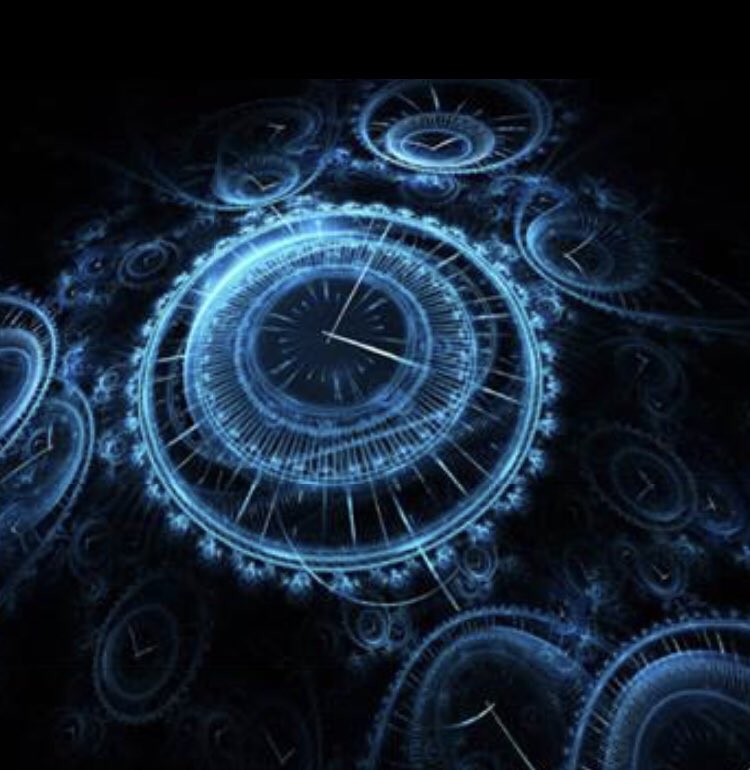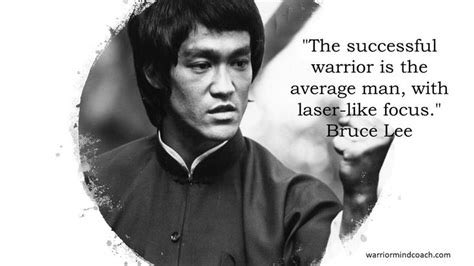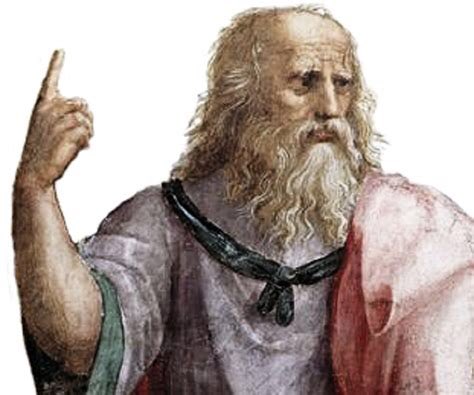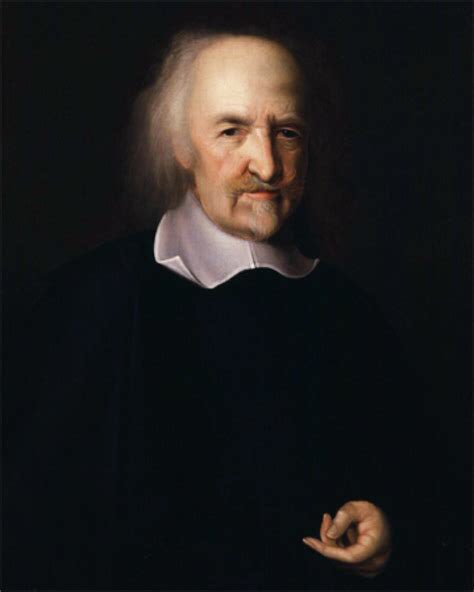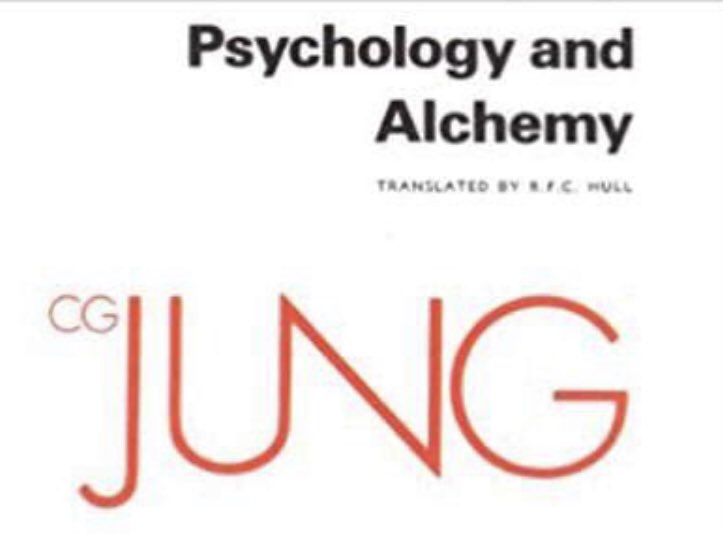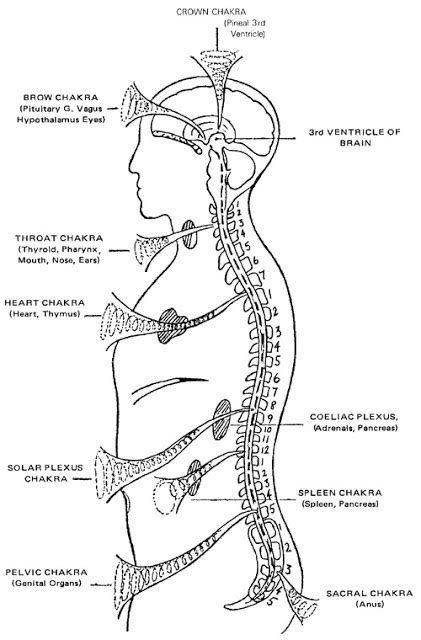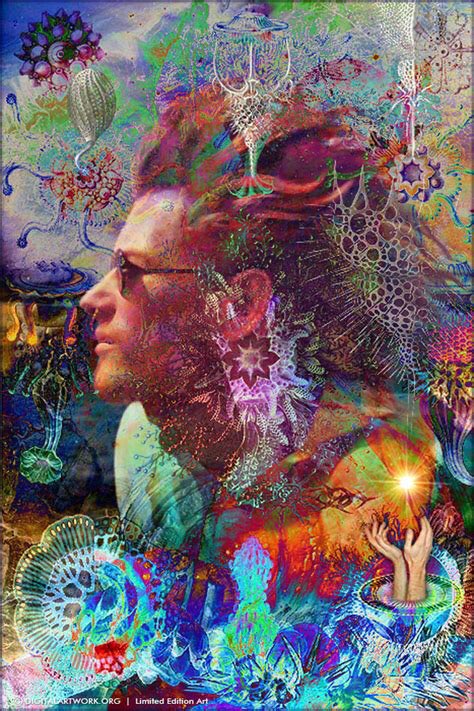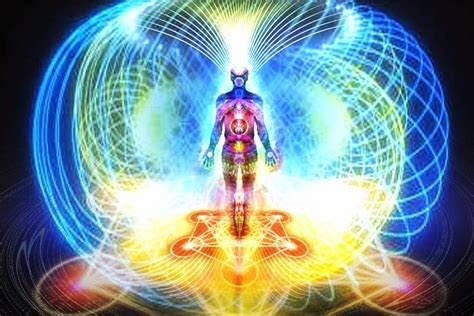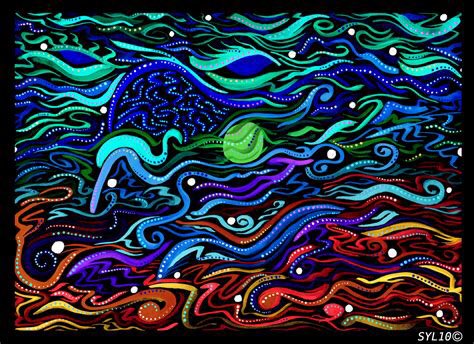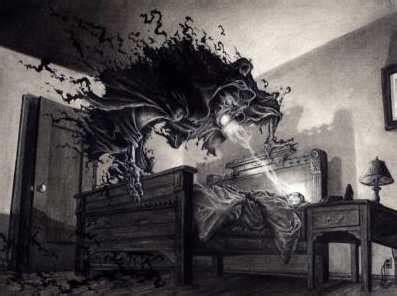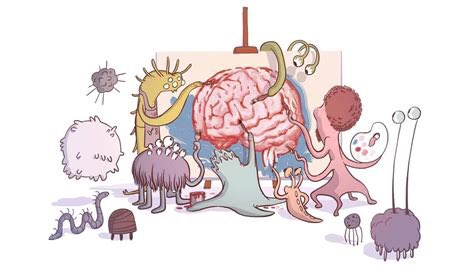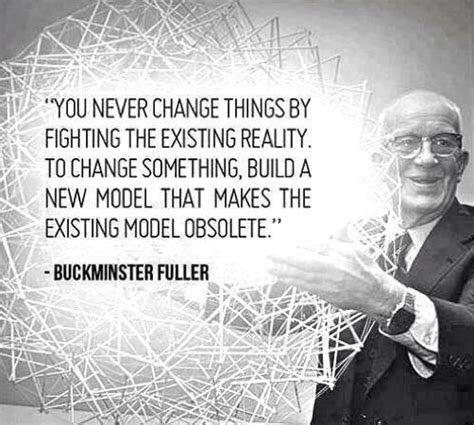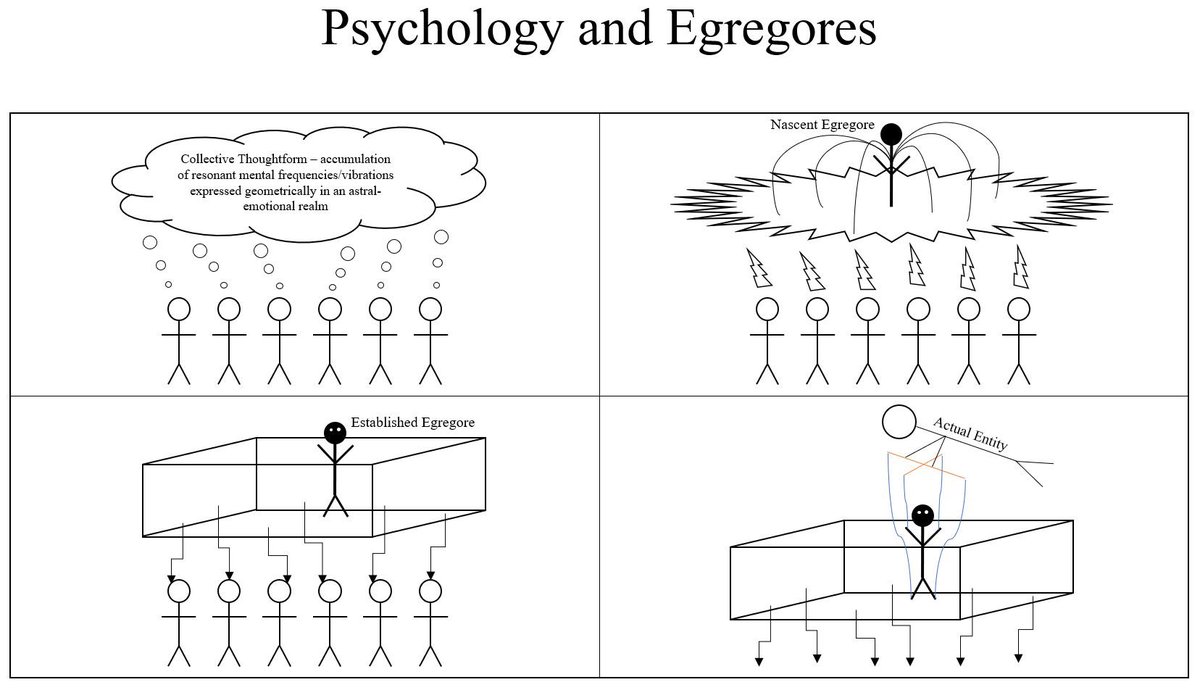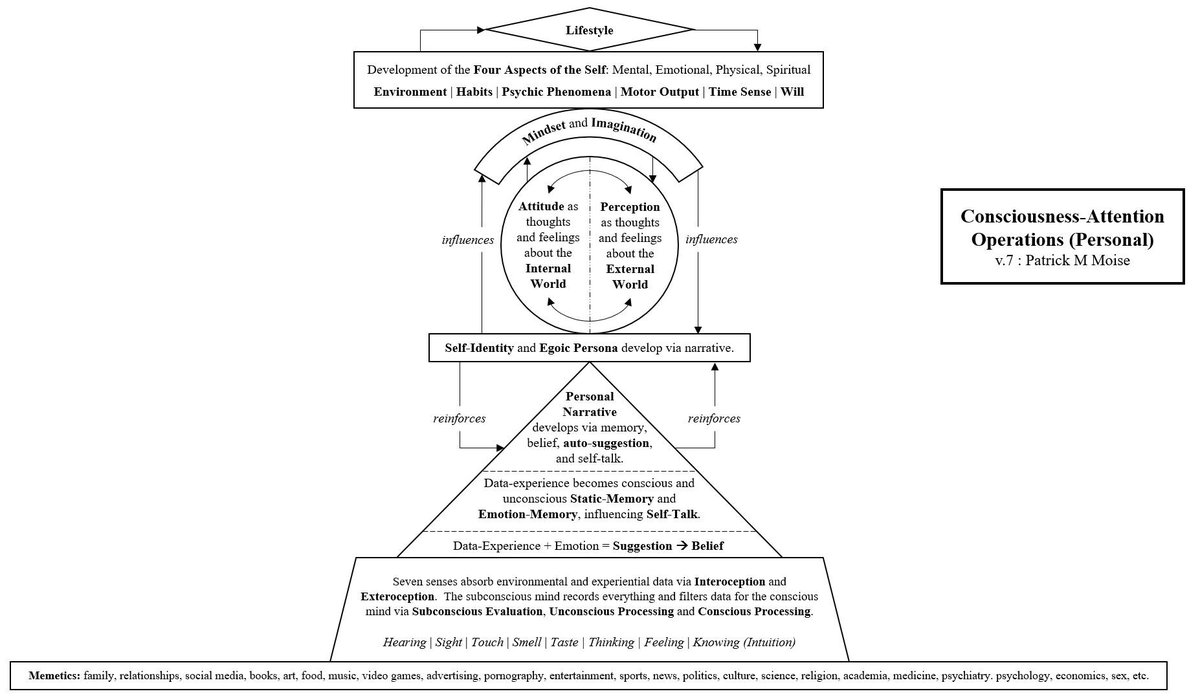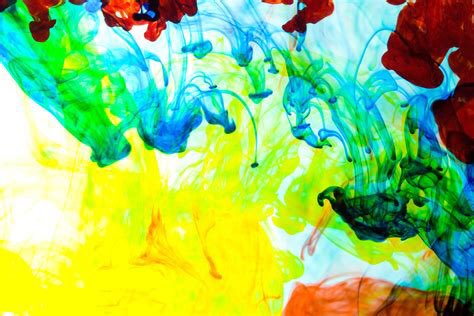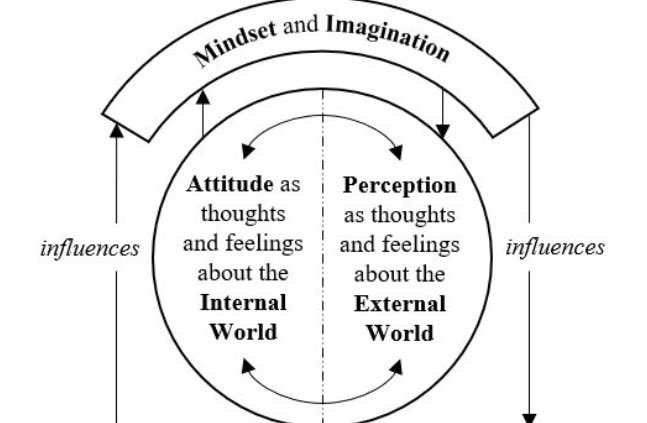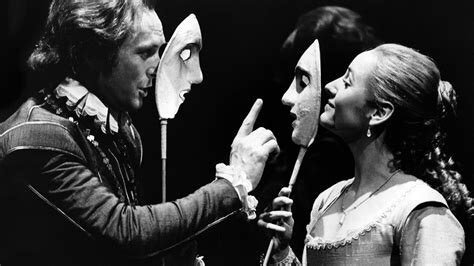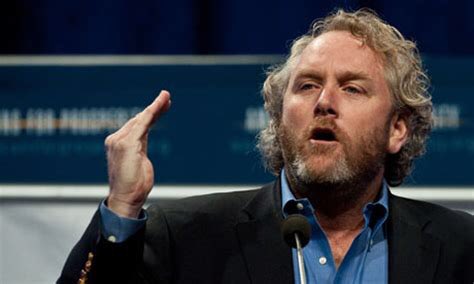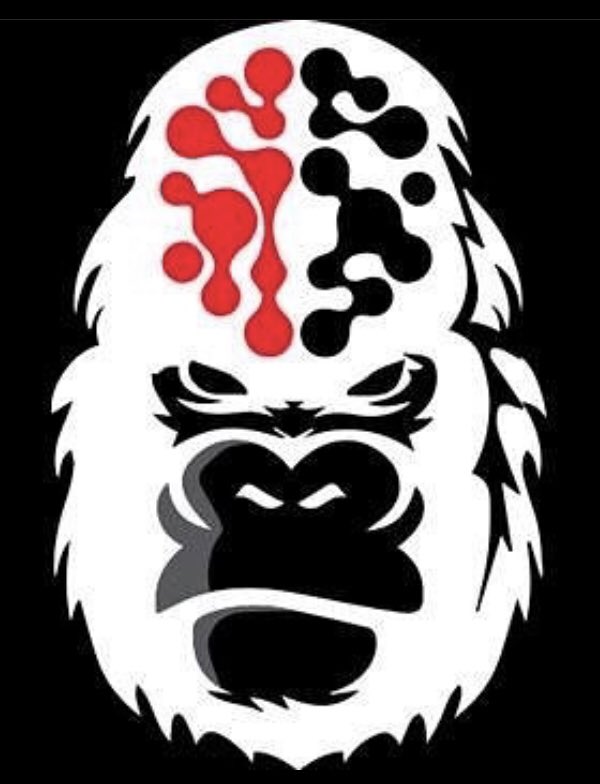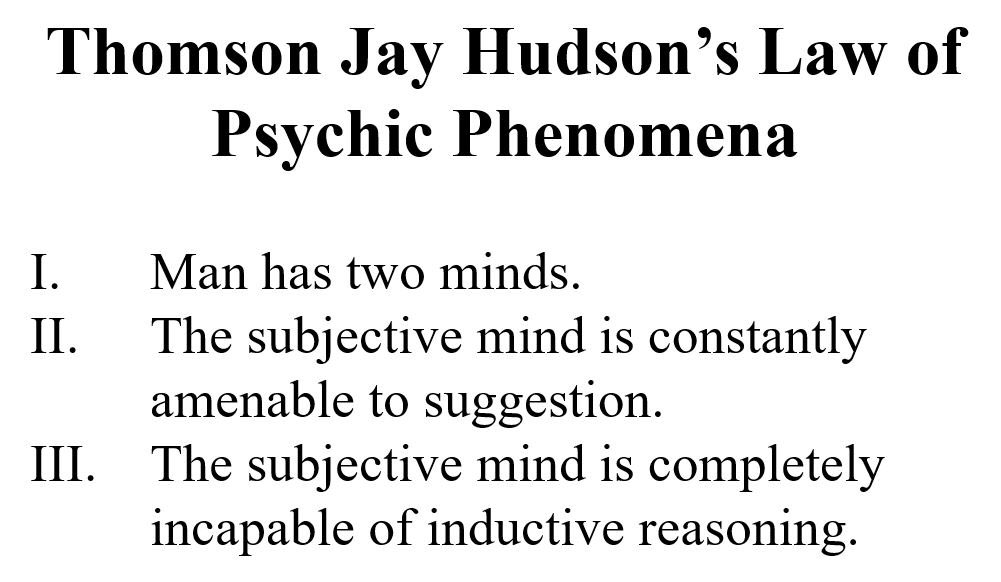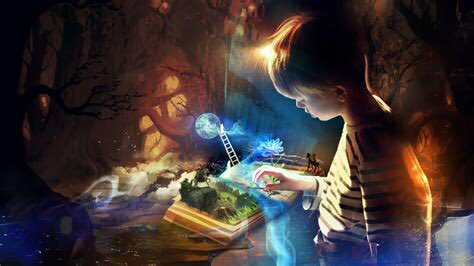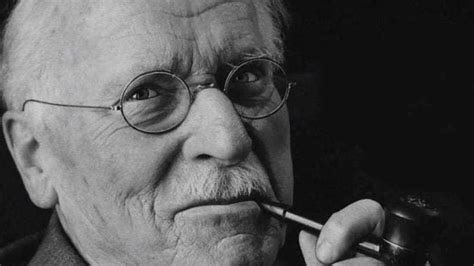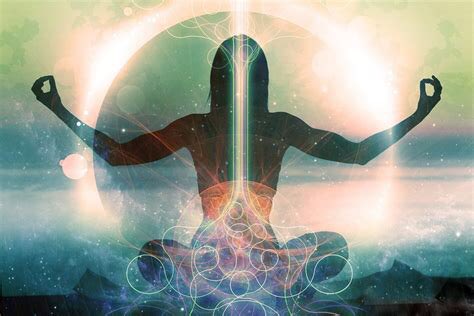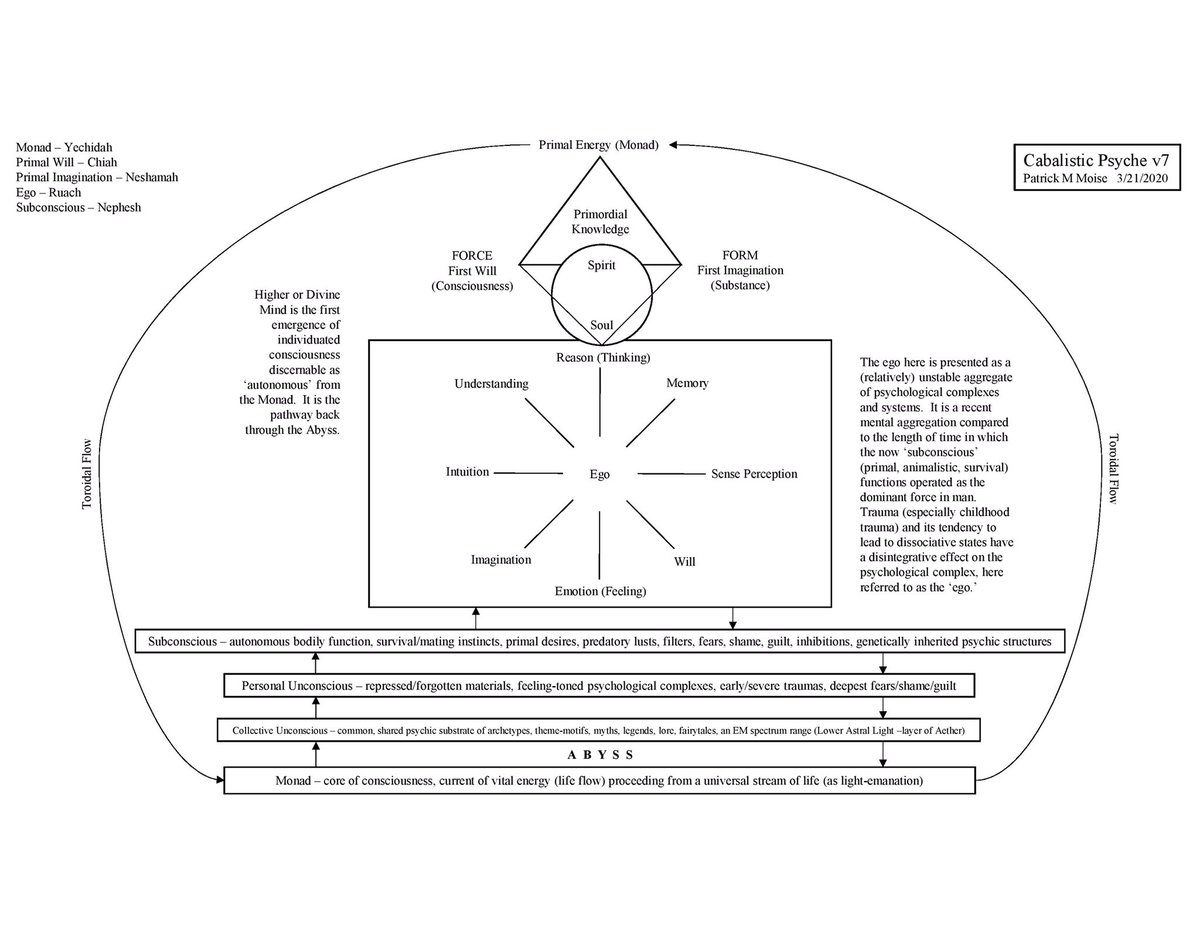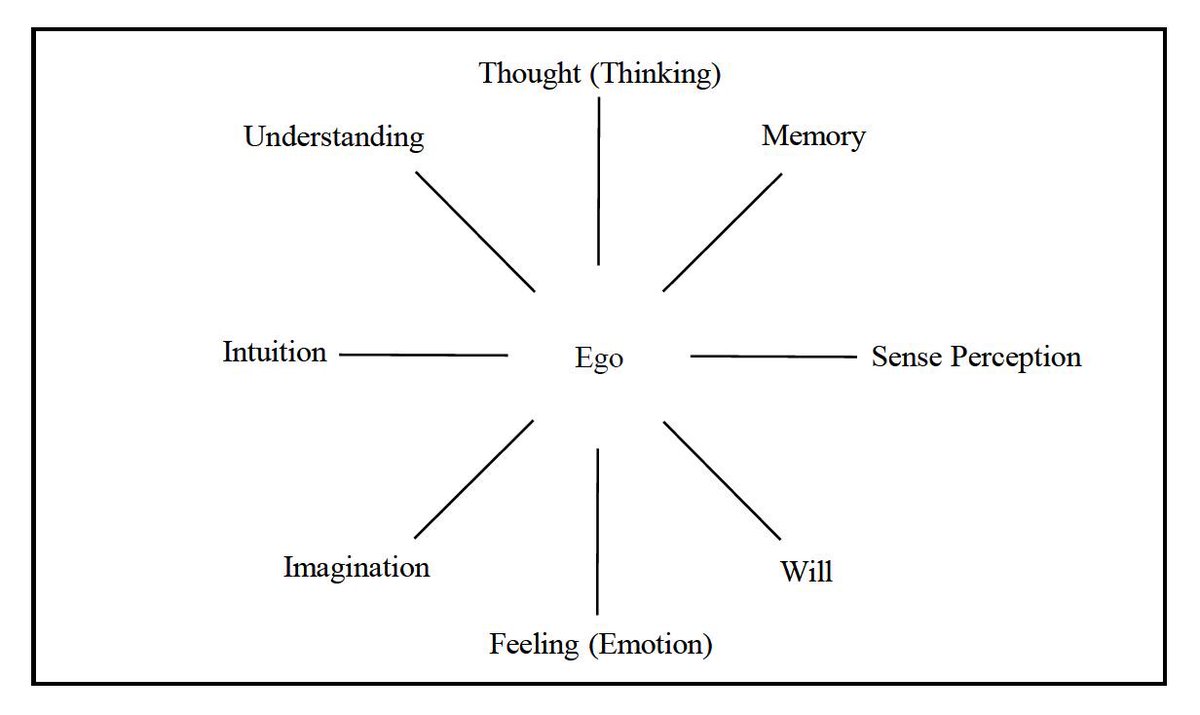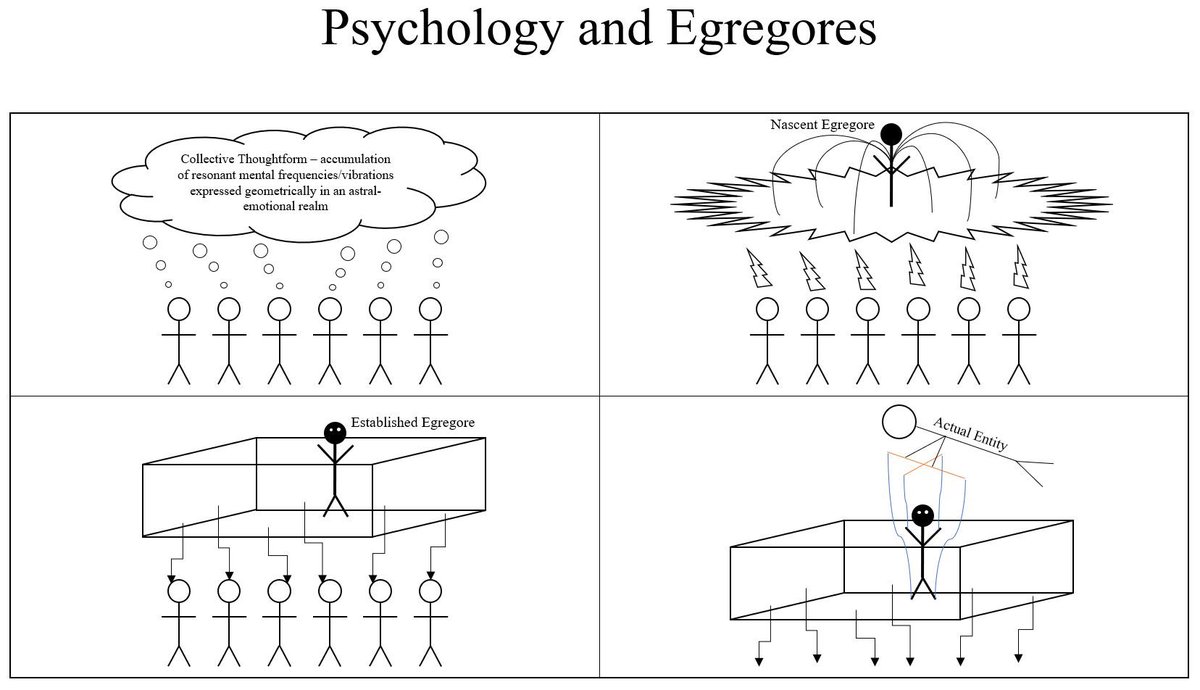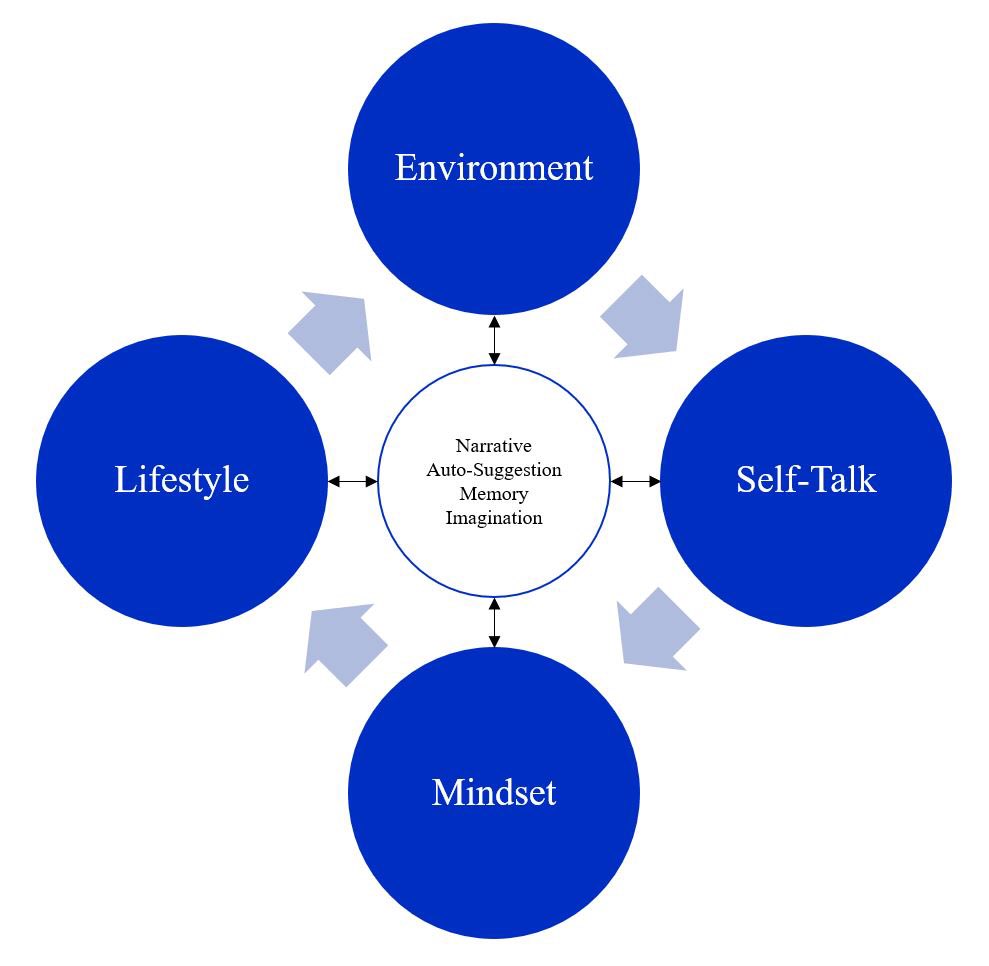0 Continuing where we left off at the end of the last thread, this thread will conclude a basic description of the elements of the Personal Consciousness-Attention Operations Model.
1 It will also introduce the concept of an Egregore and build some bridges between the psychological ideas and the esoteric ideas covered so far. The image below will be explained later in the thread.
2 We pick up with the concept of Personal Narrative, a stream of affirmative statements generated by ourselves that are about ourselves. They are woven together amidst a tapestry of emotionally toned personal experience.
3 Personal Narrative floats like an iceberg between the unconscious and conscious domains of the mind. The ideation complexes that form Personal Narrative has roots in both domains of consciousness.
4 The conscious part is what floats above the threshold of self-awareness. It is a mental engine powered by “I am…” statements that constantly feeds emotionally toned data-experience into the subconscious. This includes data generated by the Thinking and Feeling faculties.
5 These statements become data packets that aggregate into mental folders over time. As they build up, the folders (ideation complexes) become dense and exert increased psychological gravity on the field of the mind.
6 From a spiritual perspective, these ideation complexes correspond to thoughtforms composed of astral and etheric energies in other electromagnetic frequency ranges (dimensions). These dimensions are best understood in the context of an emanation cosmology.
7 This means that all dimensions (or planes of existence) are a result of a flowing over process from a dimension ‘before’ it. Consider cascading waterfalls for an apt metaphor. Think also about the unfolding of the Godhead through stages of sound, light, and finally matter.
8 The mystery is that there is an ultimate source of all aspects of existence. Yet even this ultimate source, this font of all creation, is in some way an emanation of something ‘preceding’ it. This is impossible and a paradox.
9 Nevertheless, it is a fruitful line of inquiry for true Understanding. Here, the idea of non-existence enters the discussion. Wut.
10 So, these thoughtforms and associated energies are related to our understanding of subtle, spiritual dimensions. These energies can rightly be called “mental” but to avoid confusion I will use mental in a strictly psychological sense only.
11 The grooves of consciousness left upon the astral fabric, which we may think of as geometric and mathematical patterns of nonvisible energies (Form) do, over time, grow in strength and potency when they are fed with psycho-emotional energies (Force).
12 The fundamental substance of this psycho-emotional energy is awareness. This stamping process of thoughtforms occurs via the faculty of Imagination. Imagination is the doorway into all mystery and science.
13 Under the influence of the wisdom of the soul, Imagination becomes the bridge capable of taking us right up to the foot of the throne of G-d. Consider the following as an esoteric formula involving the core faculties of the ego.
14 It could be applied for the kind of ritualistic activities that a true priest (in the Order of Melchizedek) might undertake. It could also be used more psychologically for personal development, mindset work, or powerful intention setting.
15 Once our foundation is set, we will look at this spiritual technology in greater detail. First we will explore the emanation cosmology of the Kabbalists, the Hermetic principles of the ancient world, and the mechanical dynamics underpinning synchronicity.
16 Now, the formula. Imagination fixes itself upon the intended object (a symbol or sigil, for example). Will is activated by virtue of the desire to create. The wise balance Will and Understanding, in the esoteric sense. This relates to the paradoxical unity of all dualities.
17 Sense Perception is in abeyance, creating space for Intuition to express itself. Memory is suspended as is any idea of “future”. This is a property of an altered state of consciousness and relates to ‘Time Sense’ at the top of the Consciousness-Attention Operations Model.
18 Such a formula demands the full force of consciousness-attention focalized to a single point of concentration. Thinking and Feeling are in a pliable stasis beneath the momentarily pronounced spiritual power of the soul’s own Knowingness.
19 This distinction between Thinking-Feeling and the exalted intelligence of the soul expressed as an inner Knowingness (the most potent expression of Intuition) is paralleled in the distinction between physical forms and Platonic Ideal Forms.
20 We will flesh out this dynamic in significant detail in another thread centered around the differences between Plato’s and Hobbes’ conceptions of reason and knowledge in man. This will give us an ideal setup for the exploration of Renaissance syncretism.
21 This rudimentary formula is a way of considering how the faculties of the ego are harmonized and activated or deactivated for psychological and spiritual processes some would call “magic.” This is really just natural human expression and creativity in alignment with the soul.
22 At a fundamental level, Personal Narrative creates the boundaries for the unfolding of such a spiritual technology. This is because Personal Narrative shapes the parameters of what is possible to experience or perceive.
23 Personal Narrative is constantly installing and reinforcing belief in the subconscious. These beliefs form the boundaries for all psycho-spiritual experiences (including of direct apprehension through divine revelation and the experience of synchronicity).
24 The running lines of affirmative statements all act as emotionally toned suggestions upon the subconscious, and the subconscious is not capable of inductive reasoning.
25 That means the subconscious mind is only capable of following through on the suggestions as if they were true. It is incapable of considering the rationality of the premises fed to it via Personal Narrative and Self-Talk.
26 Here lies the importance of balancing the conscious and unconscious aspects of the mind. We may call this process mindset work, psychological alchemy, inner work, shadow work, personal ritual, etc.
27 The ideation complexes in the unconscious become self-fulfilling prophecies that the subconscious must, by the very nature of its own method of reasoning, make true. This is the cornerstone of all mechanisms of mind control and many initiatory systems.
28 These suggestions create lines of code in the subconscious telling it to execute the program of the archetypes present within the dominant narratives. This idea of archetype is essential.
29 Archetypes used to be drawn from a rich mythological fabric that represented a deep cosmology and an acknowledgment of non-physical realities. Modern archetypes are engineered through Hollywood and foisted upon us by Big Data. This is rather less than ideal.
30 As these stories of archetypes develop, they are interwoven with emotional energy (not purely psycho-spiritual, but also bio-chemical). This again brings us to the relationship between our spiritual anatomy (chakras, aura, etc.) and physical anatomy (glandular system, etc.)
31 Psycho-emotional energy is what animates the form and intensity of our thoughtforms. It makes them manifest. So as unconscious narratives run like scripts in a computer system, harmful drops of consciousness-attention pitter patter onto our psychological fabric.
32 They shade and influence our choices, enforce limitations, and create suffering and negative emotion.
33 These coagulated aggregates can be thought of as mental ideation complexes (mental folders filled with data packets) and as thoughtforms (astral and etheric energy in geometric shapes on the fabric of the astral plane). Image: http://digitalartwork.org"> http://digitalartwork.org
34 These thoughtforms exist in other dimensions or realms. They are connected to and emerging from psycho-spiritual centers (chakras, auric field, etc.) and exert an influence on our consciousness.
35 This plane of existence is not only connected to everybody else’s thoughtforms simultaneously (forming a torrent ocean of psycho-emotional and metaphysical impressions and forms) but it is also a place where other individuated conscious entities can operate. Art: DeviantArt
36 Further, when thoughtforms become very strong through repetition and emotional intensity they develop a low-level pseudo self-awareness. It is not that they become a spiritual entity per se, but they will start to have an influence on this plane of existence.
37 They begin to exert a gravitational pull on our consciousness. At the beginning of the process you are feeding it and influence it, but after enough time it can start to influence you back. It can become parasitic in nature.
38 Like a parasite living in the gut you are trying to kill, once it stops getting the food it needs (excess sugar, for instance) it will influence the brain to experience cravings via Imagination. This is a literal hijacking of a psychological faculty.
39 Similarly, a thoughtform that has become strong enough can influence us in order to keep a steady flow of unconscious psycho-emotional energy coming its way. This should never be used as a way of abrogating personal responsibility.
40 There is also the idea that other spiritual entities can use thoughtforms to influence us. Think of a person putting their hand into a puppet.
41 When many thoughtforms have similar properties and are of a similar quality they can give rise to Egregores. An Egregore is like a collective thoughtform which has developed an almost self-aware nature, much more so than even a very strong thoughtform.
42 They may exist in something akin to a higher octave of the astral realm (Collective Unconscious). Historically, Egregores have even become the object of worship and religious-like devotion. These concepts all play a significant role in certain occult technology.
43 I’ll explore the concept of an Egregore more fully in the future, but it was important to introduce now. Returning to the Consciousness-Attention Operations Model, we recall that Personal Narrative and Egoic Persona are both subsystems of individuated consciousness.
44 Personal Narrative is more of the conscious-unconscious mind and Egoic Persona is more of the subconscious as it is the product of all the filters and shaded lenses of the subconscious. These distinctions are more academic than practical.
45 Really it is all blended together like drops of food coloring in one glass of water. Our Egoic Persona is the speaker, the Personal Narrative is the statement, and our Habits, Environment, and Lifestyle are the product.
46 We can further add the subsystems of Attitude and Perspective to this tapestry. Attitude refers to how we think and feel about the internal world and Perspective is how we think and feel about the external world. They are colored glasses we accumulate over time.
47 While these distinctions and divisions of the mind are valuable and useful for understanding, the true nature of the psyche is indivisible. It is whole. It is paramount that this understanding supersedes all other considerations during practical spiritual work.
48 Attitude and Perspective are subsystems of our consciousness with their own ideation complexes, built from packets of data-experience. Mindset is the aggregate of the subsystems: Egoic Persona, Personal Narrative, Attitude, and Perspective.
49 The smaller building blocks beneath these systems are the suggestions and beliefs installed by our Self-Talk. Just as data packets aggregate into ideation complexes (processes and systems) at another scale our thoughtforms aggregate into higher order expressions.
50 This is a result of intense emotional energy and repetition. The difference between Self-Talk and Personal Narrative is that Self-Talk is independent statements in an isolated context whereas Personal Narrative is the statement in the context of overarching story dynamics.
51 Self-Talk is the expression of an archetype through a symbolic mental vessel (like an ‘I am…’ statement) and Personal Narrative is the playing out of that archetype in the context of some story (pattern).
52 Yet smaller building blocks supporting Self-Talk are the auto-suggestions and suggestions received implicitly and explicitly from social and cultural memetic data. Social and memetic data are a function of cosmology.
54 Since Mindset is the aggregate of all these various subsystems we can call it a supersystem of individuated consciousness. The faculty of Imagination is also shaped by these various subsystems. Thanks to @cernovich for all the help his excellent book Gorilla Mindset provided.
55 These subsystems create tall fences and locked gates beyond which the infinite faculty of Imagination may not travel. This again is related to the second and third parts of Hudson’s Law of Psychic Phenomena.
56 All beliefs are limitations for the spiritually creative faculty of Imagination. With the supersystem Mindset and the creative faculty of Imagination emerging out of the scaled subsystems before them, the psychological context of a human life now begins to emerge.
57 Our Environment is an expression of Mindset and Imagination as are our Habits and Motor Output. The Imagination is, in a way, the psychological gateway to the soul and to other dimensions of consciousness.
58 The soul, operative through the faculty of Intuition, is enhanced or diminished in its ability to facilitate psychic phenomena by virtue of the same beliefs that limit or expand the infinite potential of the Imagination.
59 For this reason, Psychic Phenomena is also listed as an outgrowth of Mindset and Imagination in the Consciousness-Attention Operations Model. Psychic Phenomena also allows for the all-important phenomenon of synchronicity.
60 Synchronicity must be dealt with on its own and not as a side note in this discourse. Time Sense is also listed here and implies a very esoteric and mystical connotation. Consider instances of time dilation, prophecy, etc.
61 Will can here be thought of as agency in a psychological sense and the kundalini force in man in an occult (natural science) sense. It is in the context of this rich, dynamic framework that we gently set the idea of physical, mental, emotional, and spiritual development.
62 With the 8 core faculties of the ego, 3 domains of individuated consciousness, mechanics of personal consciousness-attention, and the concept of thoughtforms we can now begin to flesh out some new connections and ideas.
63 Before we do that however, we’re going to look at a few philosophical and ideological movements alongside spiritual systems of the past to highlight some important concepts and principles.
64 We have defined our terms in the psychological space; we will now do the same in the esoteric space. Once this is complete, we will be able to see how these different ideas fit together and complement one another.
65 The first historical theme I will introduce is the ideological differences between Plato and Hobbes concerning their conceptions of reason and knowledge. This will provide an ideal lens for exploring Renaissance syncretism.
66 This juxtaposition will highlight the major philosophic split between the ancient and modern world. I’ll show how this microcosm of philosophic thought exemplifies the schism between modern scientific thinking and mystical spiritual mindsets.
67 Before we move on to that next thread though, let’s finish up here by looking at some strictly psychological applications of the concepts described thus far. The first one is called the Lifestyle-Mindset Feedback Loop.
68 It links Mindset, Habits, Lifestyle, Environment, and Self-Talk in a feedback loop. The benefit of this relationship is that it allows for the injection of aligned change elements at multiple points. This offers flexibility and the potential for high intensity transformation.
I’ll finish this thread up in the next few days!

 Read on Twitter
Read on Twitter
